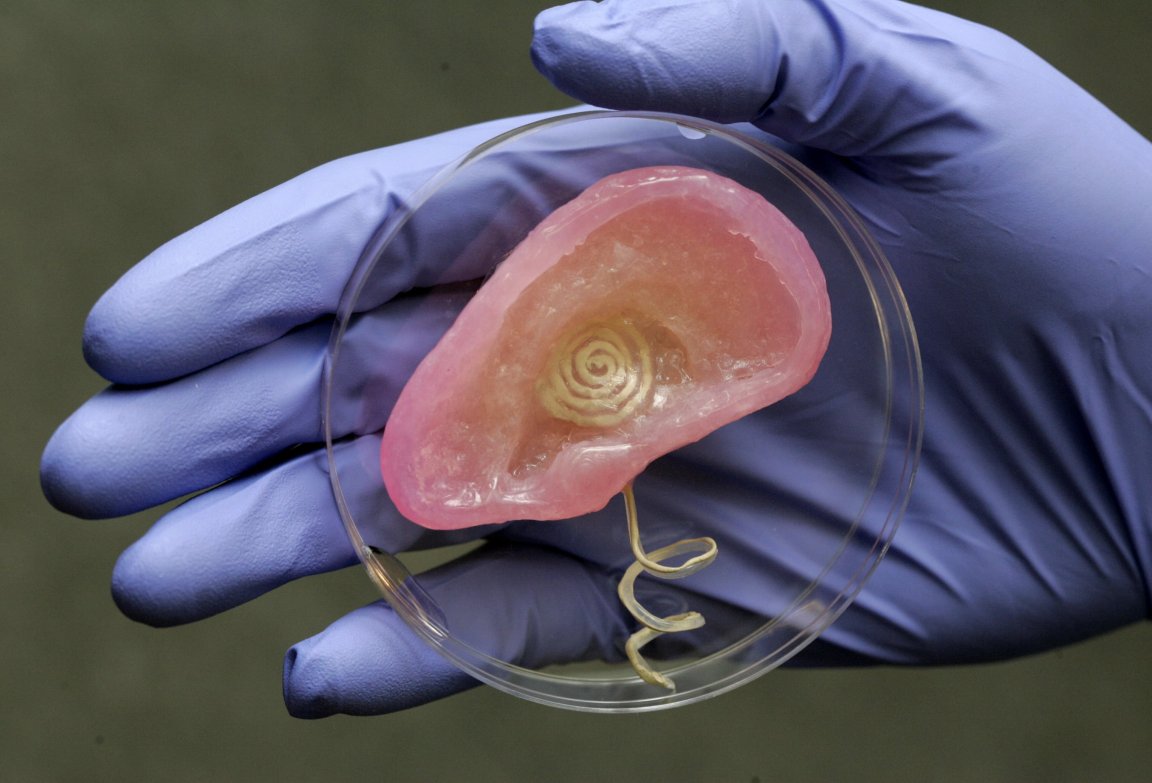
A Place of Collaboration
Most developments happening right now in the field of bioprinting come from individual laboratories that publish results that come from a controlled lab setting. At the present moment, rarely do the research institutes themselves specialize in 3D bioprinting. Instead, there is a separation between those doing the work and those using the fruits of this labor.
Driven by this emerging technology, the Queensland University of Technology (QUT), in partnership with the Metro North Hospital and Health Service, has announced that they will establish a ‘biofabrication institute’ that will scan, model, and 3d-print patient-specific tissues in one building.

The institute will occupy two floors at the Herston Health Precinct and will be capable of performing the major processes in the bioprinting process, namely: clinical scanning, 3d modeling, and tissue engineering. It will also contain learning spaces and an innovation hub.
The Minister for Health, Cameron Dick, has expressed optimism on the endeavor, saying in the Brisbane Times that it will bring together various experts in the field of medicine, science, and engineering to “deliver the best outcome for patients.”
He adds, “This institute, opening in 2017, will catapult Queensland onto the global stage as a leader in medical innovation and technology that will change the face of healthcare.”
The Ultimate Goal
The ‘end goal’ for this institute, according to QUT Biofabrication and Tissue Morphology Group Associate Professor Mia Woodruff, is the 3D-printing of an organ. The institute could speed up developments in bioprinting, which may ultimately mean the difference between life and death for people waiting for an organ donor.
Woodruff says that the 3D-printed organs are taken from a patient’s tissue and, to that end, are not rejected by the body, eliminating the need for metallic implants or extensive antibiotics.
She concludes, “Organ transplant lists are endless at the moment and we want to be able to help these people.” Other advantages that 3d-printed organs have are much more customized prosthetics, drugs tailored to a patient, and 3D-printed bones.